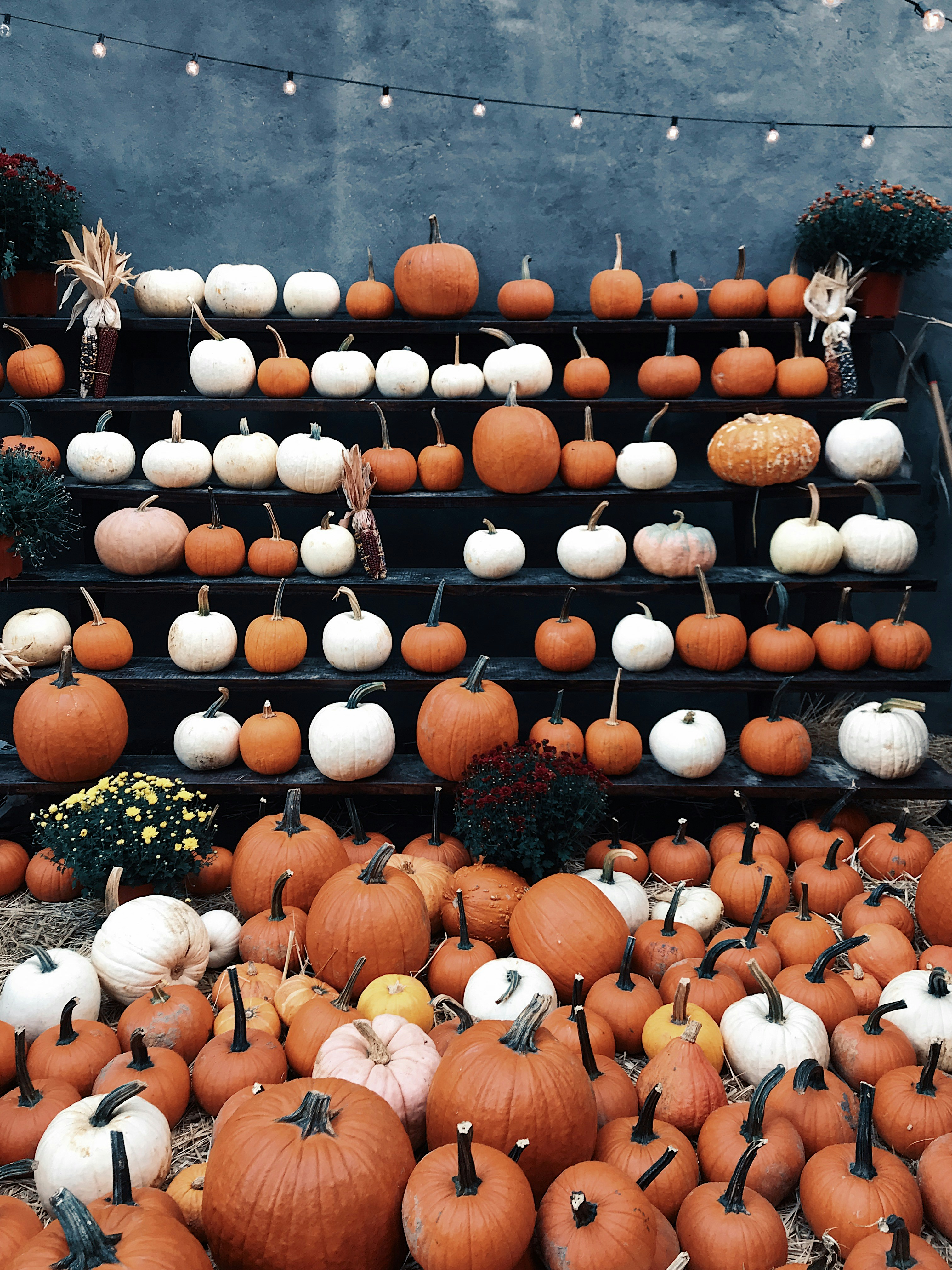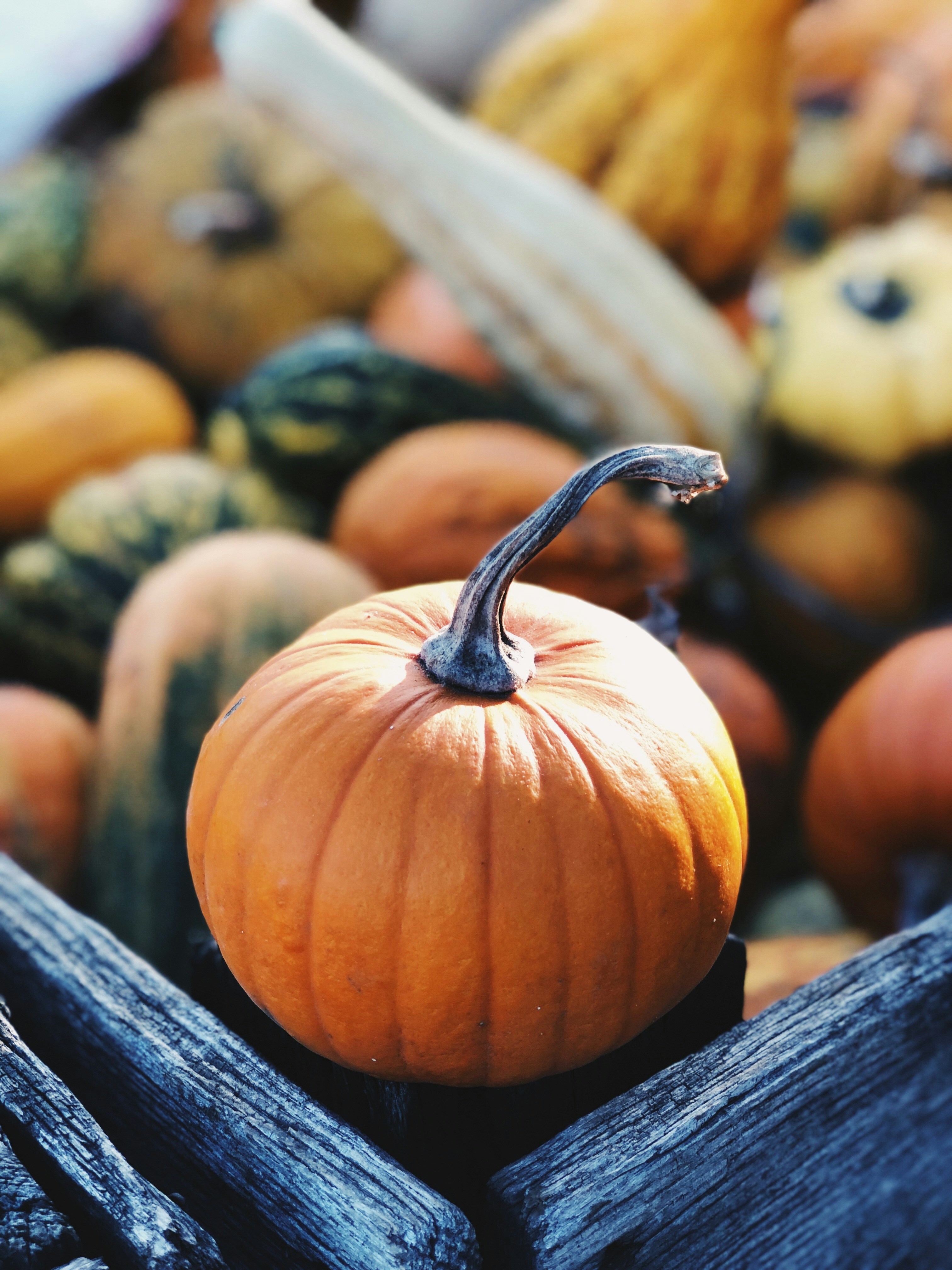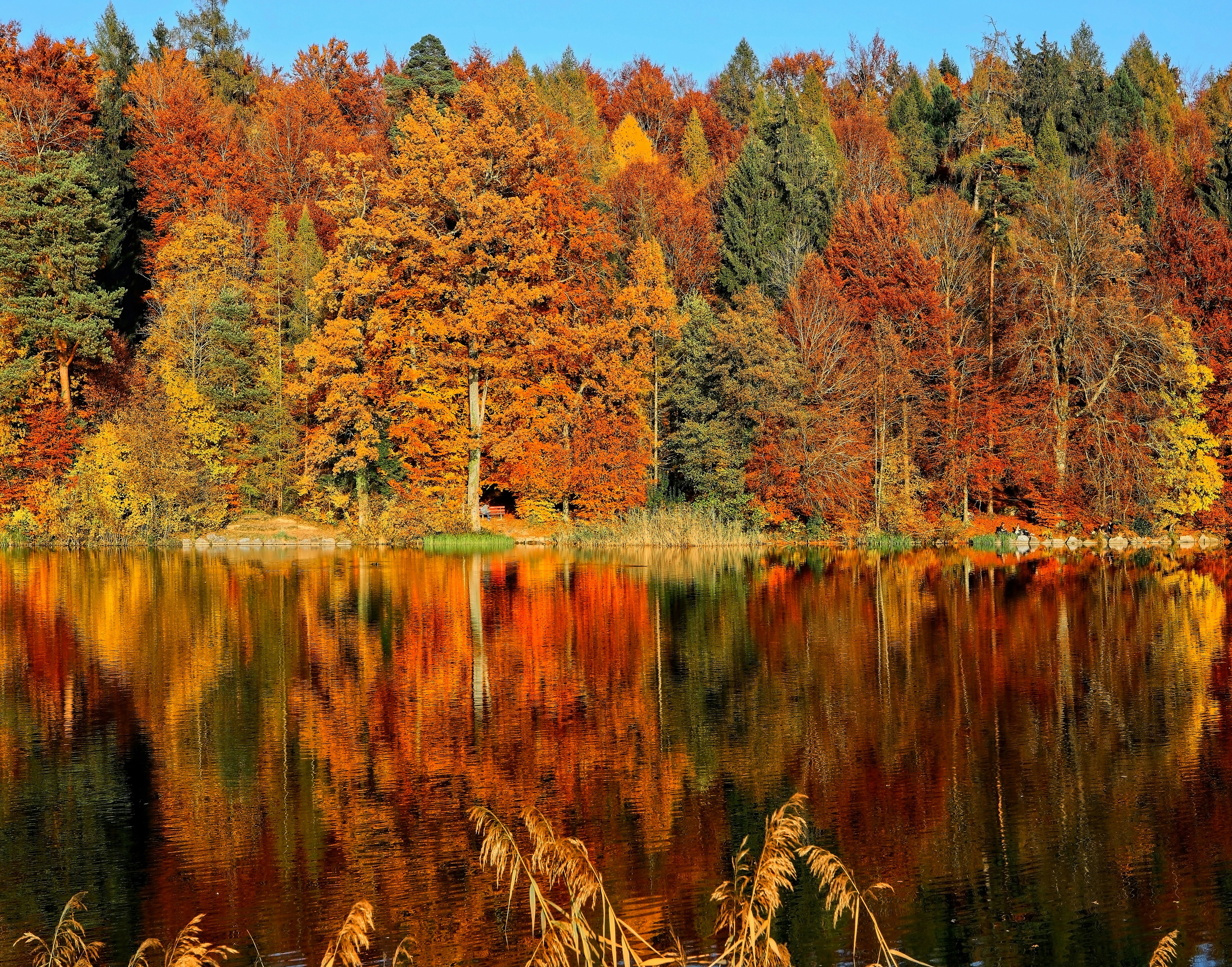Why Sustainable Gardening Matters
With the changing seasons, there is a renewed focus on making sustainable choices in our daily lives, including in our gardens. Sustainable gardening is not just an environmental buzzword; it is a way of tending to our plants while minimizing our impact on the planet. By adopting eco-friendly practices, we can create beautiful and thriving gardens that also contribute positively to the environment. Here are seven practices to help you incorporate sustainability into your fall gardening routine:
1. Composting: Turn your kitchen scraps and garden waste into nutrient-rich compost to nourish your soil naturally.
2. Mulching: Covering your soil with organic mulch helps retain moisture, suppress weeds, and improve soil health.
3. Water-wise irrigation: Use smart watering techniques like drip irrigation or a rainwater harvesting system to conserve water and reduce waste.
4. Select native plants: Native plants require less water, fertilizer, and maintenance, making them a sustainable choice for your garden.
5. Crop rotation: Rotate your crops to prevent soil depletion, control pests, and promote healthier plant growth.
6. Attracting beneficial insects: Encourage pollinators and natural pest controllers by planting flowers, herbs, and shrubs that attract bees, butterflies, and ladybugs.
7. Chemical-free pest control: Minimize the use of harmful pesticides and opt for organic pest control methods, like companion planting or introducing beneficial insects.
By adopting these eco-friendly practices, we can protect our planet’s biodiversity and create a sustainable garden that thrives year-round. Let’s make sustainable gardening a priority this fall and beyond.
Understanding the Importance of Fall Season for Gardening
The fall season holds immense significance for gardening enthusiasts as they prepare for the cooler months ahead. As the temperature drops, it becomes an ideal time to focus on sustainable gardening practices that can benefit both the garden and the environment. By adopting eco-friendly practices in the fall, such as composting, mulching, and planting cover crops, gardeners can enrich the soil, minimize weed growth, and conserve water. Additionally, fall is a great time to assess the overall health of your garden, including checking for pests and diseases, and planning for next year’s layout. By considering these seven sustainable gardening practices during the fall season, you can cultivate a thriving and environmentally-friendly garden.
List: 7 Eco-Friendly Practices to Adopt for Sustainable Gardening in Fall
1. Composting: Start a compost pile with fallen leaves and other organic materials to create nutrient-rich soil for next year’s gardening season.
2. Mulching: Apply a layer of mulch to retain moisture, suppress weed growth, and insulate plant roots during the winter months.
3. Planting Cover Crops: Sow seeds of cover crops, such as clover or winter rye, to prevent erosion, fix nitrogen in the soil, and improve its overall health.
4. Dividing Perennials: Take advantage of fall’s cooler temperatures to divide and transplant perennials, promoting their health and encouraging new growth.
5. Pruning: Prune dead branches, excessive growth, and diseased plants to maintain the health and shape of your garden.
6. Inspecting for Pests and Diseases: Conduct a thorough inspection of your plants, checking for pests, insects, or signs of diseases, and take necessary actions to prevent their spread.
7. Planning and Clean-Up: Use this time to evaluate your garden’s layout, make notes of any changes or improvements you’d like to make next year, and tidy up the garden by removing plant debris and fallen leaves.
Choosing Native and Drought-Tolerant Plants for Fall
With the arrival of fall, it’s the perfect time to embrace sustainable gardening practices and choose native and drought-tolerant plants for your garden. Native plants are adapted to the local climate and soil conditions, making them more resilient and requiring less maintenance. By opting for these plants, you not only conserve water but also provide food and habitat for native wildlife. Additionally, selecting drought-tolerant plants reduces the need for excessive watering, helping to conserve this precious resource.
How to Compost and Use Organic Matter to Enrich the Soil
One important practice for sustainable gardening in the fall is composting and using organic matter to enrich the soil. Composting is a natural process that involves decomposing organic materials, such as kitchen scraps, garden waste, and yard trimmings. By composting these materials, you can create a nutrient-rich soil amendment that improves soil structure, water retention, and overall plant health. To start composting, designate a space in your garden or backyard where you can create a compost pile. Layer green materials, like fruit and vegetable scraps, grass clippings, and coffee grounds, with brown materials, such as dried leaves, wood chips, and shredded newspaper. Turn the compost pile regularly to aerate it and speed up the decomposition process. In a few months, you’ll have a dark, crumbly compost that can be used to enrich your soil naturally. Here are some organic materials that are great for composting:
– Fruit and vegetable scraps
– Grass clippings
– Coffee grounds
– Leaves
– Branches and twigs
– Shredded newspaper
– Eggshells
Tips for Efficient Water Conservation in Fall Gardening
– Tips for Efficient Water Conservation in Fall Gardening –
One of the key principles of sustainable gardening is efficient water conservation. In the fall, it is important to adjust your watering practices to ensure that you are using water in the most efficient way possible. Here are some tips to help you conserve water while maintaining a healthy garden this season:
1. Water deeply and infrequently: Instead of giving your plants a little water every day, water them deeply once or twice a week. This encourages the roots to grow deeper, making your plants more resilient and reducing the need for frequent watering.
2. Mulch your garden beds: Applying a layer of mulch around your plants helps to retain moisture in the soil and prevent water evaporation. Use organic materials such as wood chips, straw, or compost to provide a protective layer that also adds nutrients to the soil.
3. Collect rainwater: Harvesting rainwater is an eco-friendly way to supplement your watering needs. Set up rain barrels or a rainwater collection system to capture rainfall and use it to water your plants during dry spells.
4. Use drought-tolerant plants: Consider incorporating native plants and drought-resistant varieties into your garden. These plants have adapted to their environment and require less water to thrive, reducing your overall water usage.
5. Time your watering wisely: Watering your garden early in the morning or later in the evening prevents excessive evaporation. Avoid watering during the heat of the day when the sun is at its strongest, as most of the water will evaporate before reaching the plant roots.
6. Check for leaks and water waste: Regularly inspect your irrigation system for leaks, clogged sprinklers, or inefficient water distribution. Fixing these issues can significantly reduce water waste and ensure that water is being used where it is needed the most.
7. Group plants with similar water needs: Grouping plants with similar water requirements together allows you to water them efficiently without over-watering or under-watering certain areas. This targeted approach ensures that each plant receives the appropriate amount of water, reducing waste.
By adopting these water conservation practices in your fall gardening routine, you not only reduce your water usage but also promote a sustainable and eco-friendly approach to gardening.
Managing Pest and Weed Control Naturally
Fall is a great time to focus on managing pest and weed control in your garden using natural and eco-friendly methods. By avoiding the use of chemical pesticides and herbicides, you can maintain a healthy and sustainable garden that benefits both the environment and your plants. One effective way to manage pests naturally is by encouraging beneficial insects like ladybugs and lacewings, which feed on harmful pests such as aphids and caterpillars. Additionally, practicing good garden hygiene by removing debris and regularly inspecting your plants can help prevent pest infestations. When it comes to weed control, mulching is an excellent natural method. Organic mulches like straw, wood chips, or dried leaves create a barrier that inhibits weed growth while also retaining moisture in the soil. It’s important to remember that a well-balanced and diverse ecosystem in your garden is key to managing pests and weeds naturally.
List: 5 Eco-Friendly Practices for Managing Pest and Weed Control
1. Encourage beneficial insects like ladybugs and lacewings to naturally control harmful pests.
2. Practice good garden hygiene by removing debris and regularly inspecting plants for signs of pest infestations.
3. Implement organic mulching with materials like straw, wood chips, or dried leaves to inhibit weed growth and retain soil moisture.
4. Enhance biodiversity in your garden by planting a variety of flowers, herbs, and vegetables to attract pollinators and predators of pests.
5. Use natural pest deterrents such as companion planting, like growing marigolds or nasturtiums, to repel pests and protect your plants.
Incorporating Rainwater Harvesting Methods in Fall Gardening
Incorporating Rainwater Harvesting Methods in Fall Gardening
Fall is the perfect time to start incorporating eco-friendly practices into your gardening routine, and one of the most impactful methods is rainwater harvesting. Not only is it an environmentally friendly practice, but it also helps reduce your water bill. By collecting rainwater in barrels or cisterns, you can store and use it for your fall garden needs, such as watering plants, filling birdbaths, or even washing gardening equipment. Rainwater is also rich in nutrients and lacks the chemicals found in tap water, providing a healthier option for your plants. So why not take advantage of the rainy season and start collecting rainwater for your fall garden?
List: Benefits of Rainwater Harvesting in Fall Gardening
1. Environmental Impact: By using rainwater instead of tap water, you are reducing the need for pumping and treating water, conserving this valuable resource.
2. Cost Savings: Harvesting rainwater can significantly reduce your water bill, especially during dryer fall months when irrigation needs are still present.
3. Healthier Plants: Rainwater is naturally soft and free from the chemicals commonly found in tap water, providing a healthier option for your plants’ growth and development.
4. Nutrient-Rich: The rainwater collected is often rich in nutrients, such as nitrogen and trace minerals, which are beneficial for plant growth and soil health.
5. Sustainable Practice: Incorporating rainwater harvesting into your fall gardening routine aligns with sustainable gardening principles and reduces your reliance on traditional water sources.
6. Versatile Use: Collected rainwater can be used for various purposes in your garden, from watering plants to maintaining a birdbath or cleaning gardening tools.
7. Easier Maintenance: Rainwater can be stored in barrels or cisterns, providing a convenient and easily accessible water source without the need for complicated irrigation systems.
Implementing Wildlife-Friendly Practices in Your Garden
Did you know that you can make your garden more wildlife-friendly while also practicing sustainable gardening? By implementing a few simple changes, you can create a habitat that attracts and supports local wildlife species. One of the easiest ways to achieve this is by planting native plants, which not only provide food and shelter for wildlife but are also well-adapted to your local climate and require less maintenance. Additionally, avoid using harsh chemicals and pesticides that can harm beneficial insects and pollinators. Instead, opt for organic and natural pest control methods, such as companion planting or manual removal. By making these small changes, you can transform your garden into a thriving haven for both you and the local wildlife.
List: 5 Wildlife-Friendly Practices for Your Garden
1. Plant native species – Native plants support local wildlife, as they offer food and shelter that wildlife species have adapted to.
2. Create a water source – By adding a birdbath, pond, or even a shallow dish with clean water, you can attract birds, butterflies, and other creatures.
3. Provide nesting opportunities – Install birdhouses, bee boxes, or butterfly shelters to offer nesting sites for various species.
4. Avoid chemical pesticides – Opt for organic pest control methods or use natural alternatives to keep harmful chemicals away from wildlife.
5. Create diverse habitats – Design your garden with a mix of trees, shrubs, perennials, and grasses to cater to different wildlife needs.
Conclusion: Embrace Sustainable Fall Gardening for a Greener Future.
As we wrap up this blog post on sustainable gardening in the fall, it is essential to remember the importance of embracing eco-friendly practices for a greener future. By incorporating these seven sustainable practices into our fall gardening routine, we can contribute to the preservation of our environment, promote biodiversity, and reduce our carbon footprint. Whether it’s composting leaves and plant debris, utilizing organic fertilizers, or planting native species, every effort counts towards creating a more sustainable and harmonious garden. By adopting these practices and encouraging others to do the same, we can all make a positive impact on the planet and enjoy the beauty of our gardens while living in harmony with nature.
Conclusion: Embrace Sustainable Fall Gardening for a Greener Future.
– Composting leaves and plant debris
– Utilizing organic fertilizers
– Planting native species
– Mulching for weed suppression and moisture retention
– Conserving water through efficient irrigation methods
– Attracting beneficial insects with companion planting
– Creating habitat for wildlife









